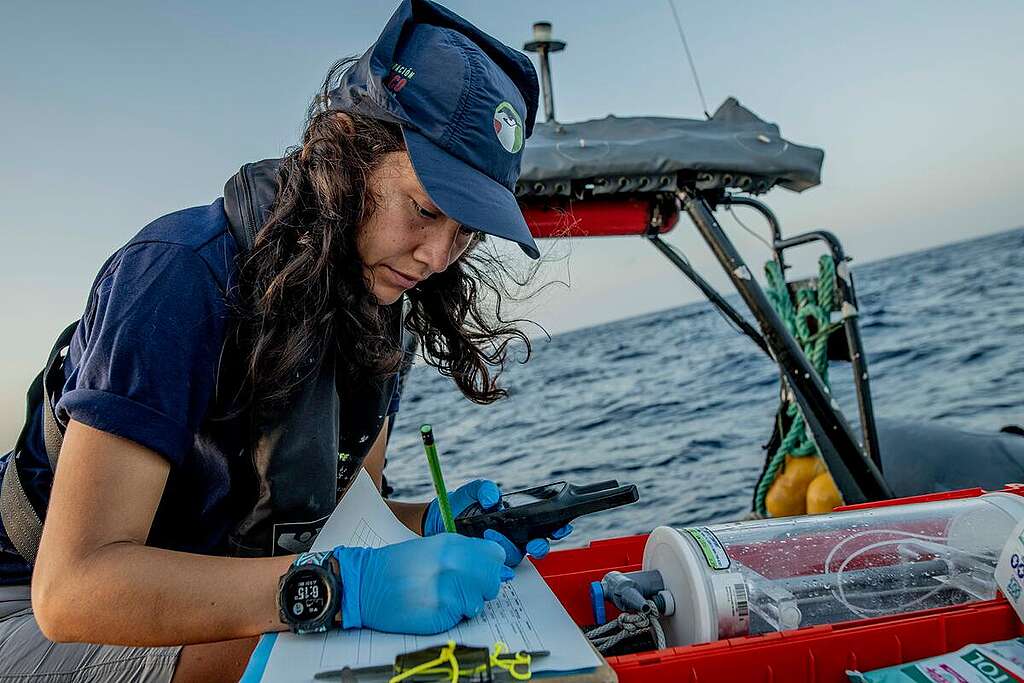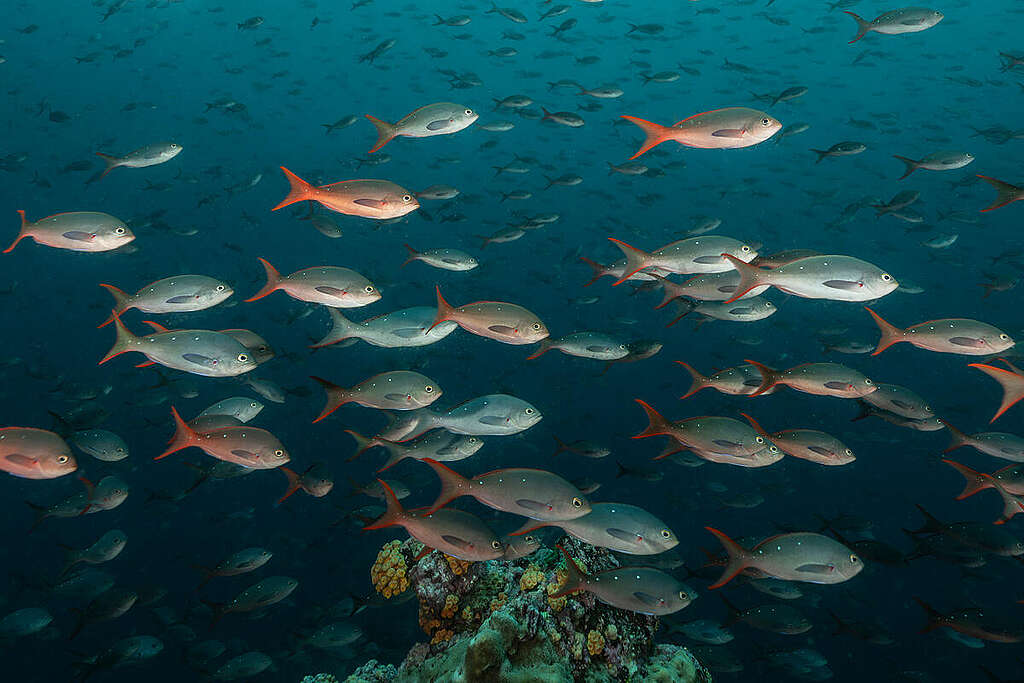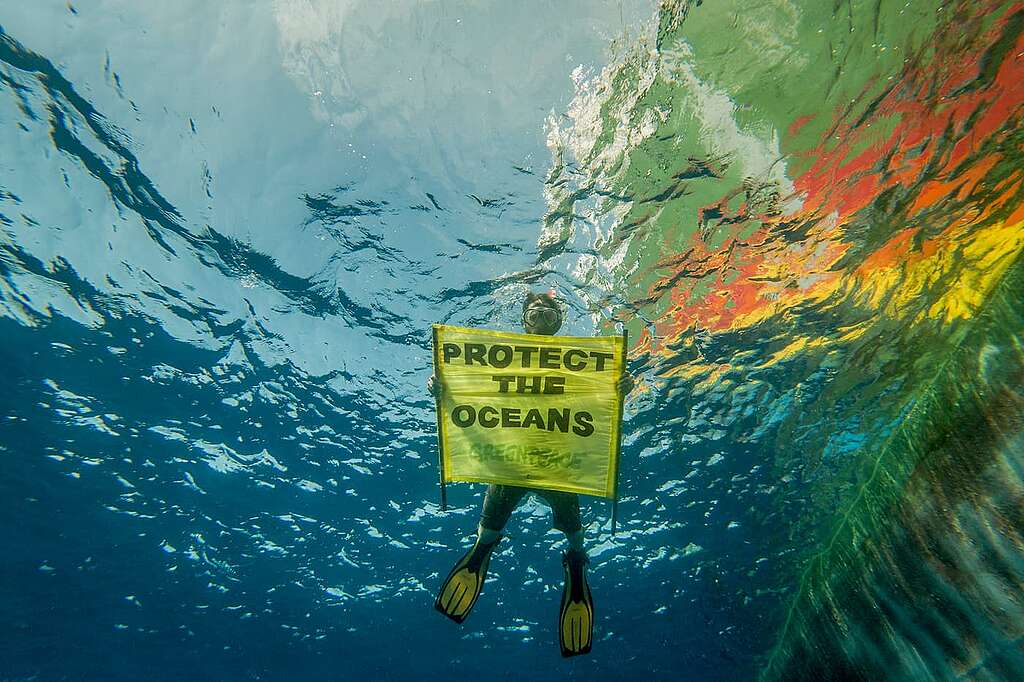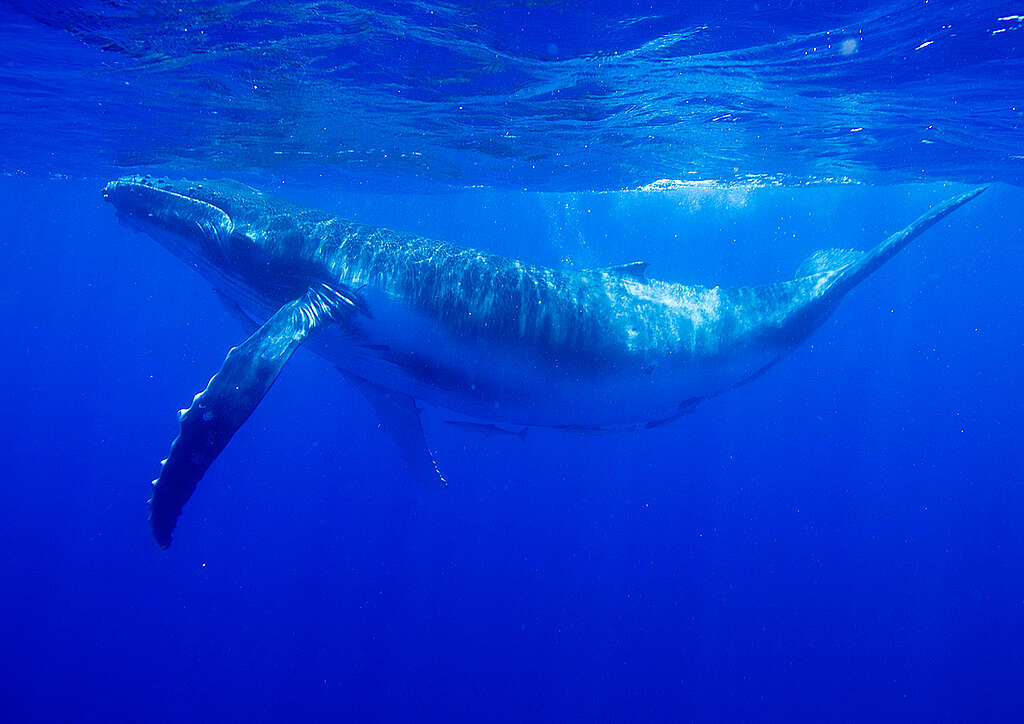I still remember the very first time I saw hammerhead sharks. I was six or seven years old, and I was snorkelling with my dad on Rabida Island. Suddenly, these incredible, majestic and funny-looking sharks appeared right underneath us. I was mesmerised.
Since then, I knew I wanted to dedicate my life to protecting these remarkable creatures and the ocean they live in. As soon as I got my degree as a marine biologist, I started working at the Galápagos National Park Directorate, and I’ve never looked back.

I’ve been involved in marine conservation since I was 18 years old, and I’m now 30. Currently, I’m the Marine Conservation Coordinator at the Jocotoco Conservation Foundation. I’m deeply passionate about my work and committed to this vital cause, as well as sharing my experiences with others so they, too, can feel connected and involved.
Growing up in the Galápagos, you develop a deep connection with nature. Nature conservation, for me, is more than an activity or a career. It’s a way of life, and that’s part of my culture and identity. I’d like to say it’s part of the culture of the Galápagos people.

When we received the invitation to join the Greenpeace ship Arctic Sunrise on its expedition to the Galápagos, I was super excited to work with Greenpeace and various other research institutions to gather vital data that will contribute to scientific knowledge and ongoing conservation efforts.
The oceans, especially the deep sea, remain largely unexplored, with mysteries lurking beneath the waves and countless species yet to be discovered. The information we collect during this expedition will tell us what’s happening at various ocean depths, the role seamounts play for ocean biodiversity and migratory routes, and how protected areas contribute to their conservation.

The research will also showcase the many benefits of protected areas like the Galápagos Marine Reserve and why it is one of the best examples of ocean protection in action. With all the information collected, we aim to bridge the gaps in our understanding of marine ecosystems and advocate for their preservation.
Furthermore, we’ll use all the valuable insights we gather to make a strong case for governments to ratify the recently secured Global Ocean Treaty. Only through ratification will governments be able to bring the Treaty to life and create marine-protected areas beyond their national jurisdiction.
When I was young, my dad always asked me: “What do you want to be when you grow up?”. I’d say: “A naturalist guide or a marine biologist”. Today, I’m living my dream and hope to continue dedicating the rest of my life to making ocean protection a reality.

Call on the Foreign Affairs Minister Winston Peters to create new global ocean sanctuaries and protect our blue planet.
